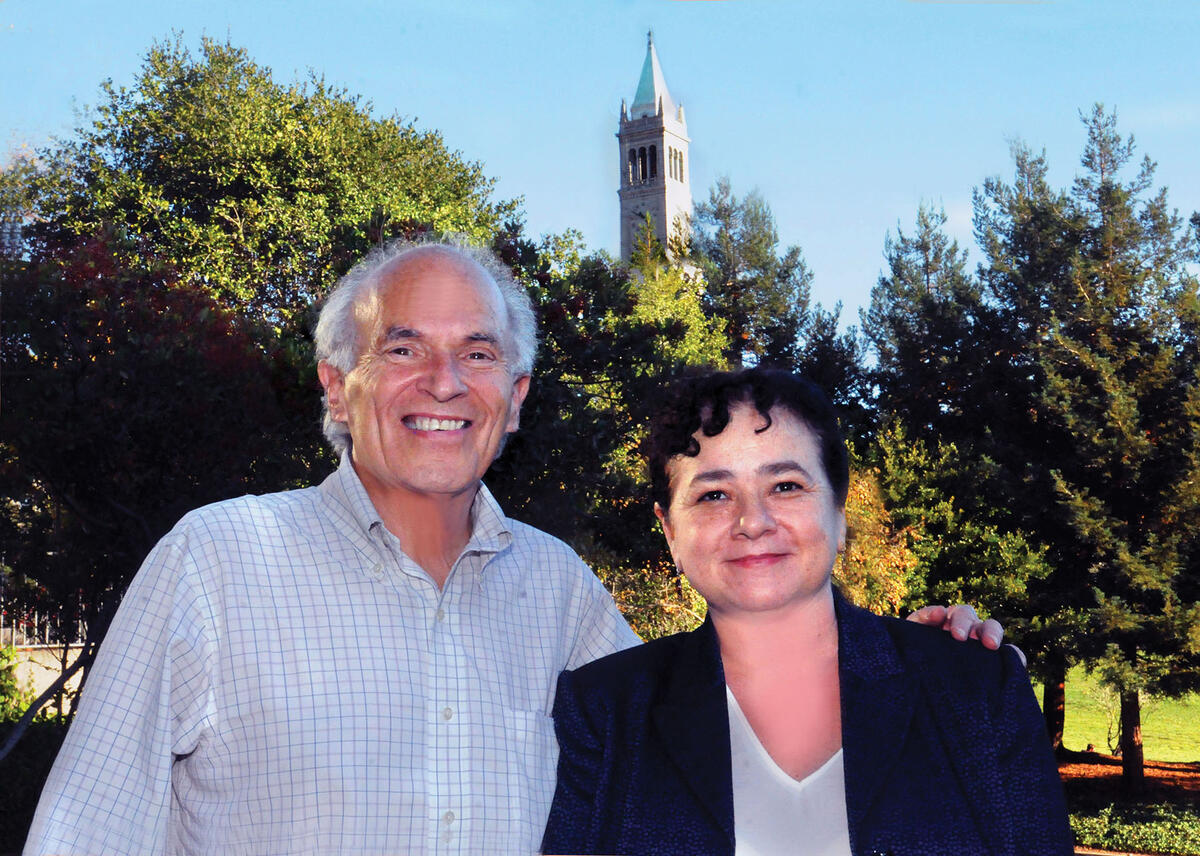Our cover features a striking view of Santa Elena Canyon with the Río Bravo/Rio Grande running right through it. The river has shaped the area for thousands of years, and paintings and mortars indicate the first people may have arrived in 15,000 B.C.
The river, of course, is also the international border between Mexico and the United States, so to the south is the Parque Nacional Cañón de Santa Elena, Chihuahua, and to the north, the Santa Elena Canyon, Big Bend National Park, Texas.
The Chihuahua desert spans the border and symbolizes the ways in which not just geography, but history, culture, people, and economics link Mexico and the United States. Our challenge ought to be how to make the most of that reality, not where in this photo we might be able to construct a wall that damages the relationship.
We begin this issue with three articles that analyze the political turbulence and traumas that Mexico is in the midst of. Denise Dresser, a noted political scientist and public intellectual, examines “Why Mexico Fell Apart and How to Fix It.” She concludes all Mexicans must contribute to the debate motivated by a phrase from Václav Havel: “An ability to work for something because it is good, not just because it stands a chance to succeed.”
Claudia Paz y Paz, the courageous former attorney general of Guatemala and member of the expert group of the Inter-American Commission on Human Rights to investigate the disappearance of the 43 students, discusses their investigation, the role of the federal government in limiting it, and what it means for Mexico.
Lorenzo Meyer, one of Mexico’s foremost historians, puts the tensions of the relationship between Mexico and the United States in historical context. He points out that for Mexico, “the best foreign policy must be a solid domestic policy.”
We feature photos from “MONTARlaBestia: Riding the Beast,” an art exhibit the Center for Latin American Studies (CLAS) has been proud to display in partnership with the Mexican Museum. These trains have carried as many as 500,000 Central Americans a year across Mexico on the hazardous journey to the United States.
As we go to press, nuclear risk has jumped to the top of the agenda. Think North Korea and “fire and fury.” These developments make particularly timely the article “Negotiating Nuclear Safety,” by Celso Amorim, a distinguished Brazilian diplomat and the country’s longest-serving Foreign Minister. He commemorates the 25th anniversary of the Brazilian-Argentine Agency for Accounting and Control of Nuclear Materials, which he helped negotiate.
We also report on another research project that became all too relevant: “Chile and California: The Impact of Wildland Fires.” The article reflects work done by a collaborative research group of professors and researchers at UC Berkeley and at Chilean universities. It was funded through an innovative program organized by CLAS and funded by Conicyt, Chile’s National Commission for Scientific and Technological Research.
We conclude with an article by the scholar and award-winning translator Katrina Dodson about the Brazilian writer Clarice Lispector and how “translation is a way of deep reading.” The article comes with a warning: “Be careful with Clarice. It’s not literature. It’s witchcraft.”
— Harley Shaiken
